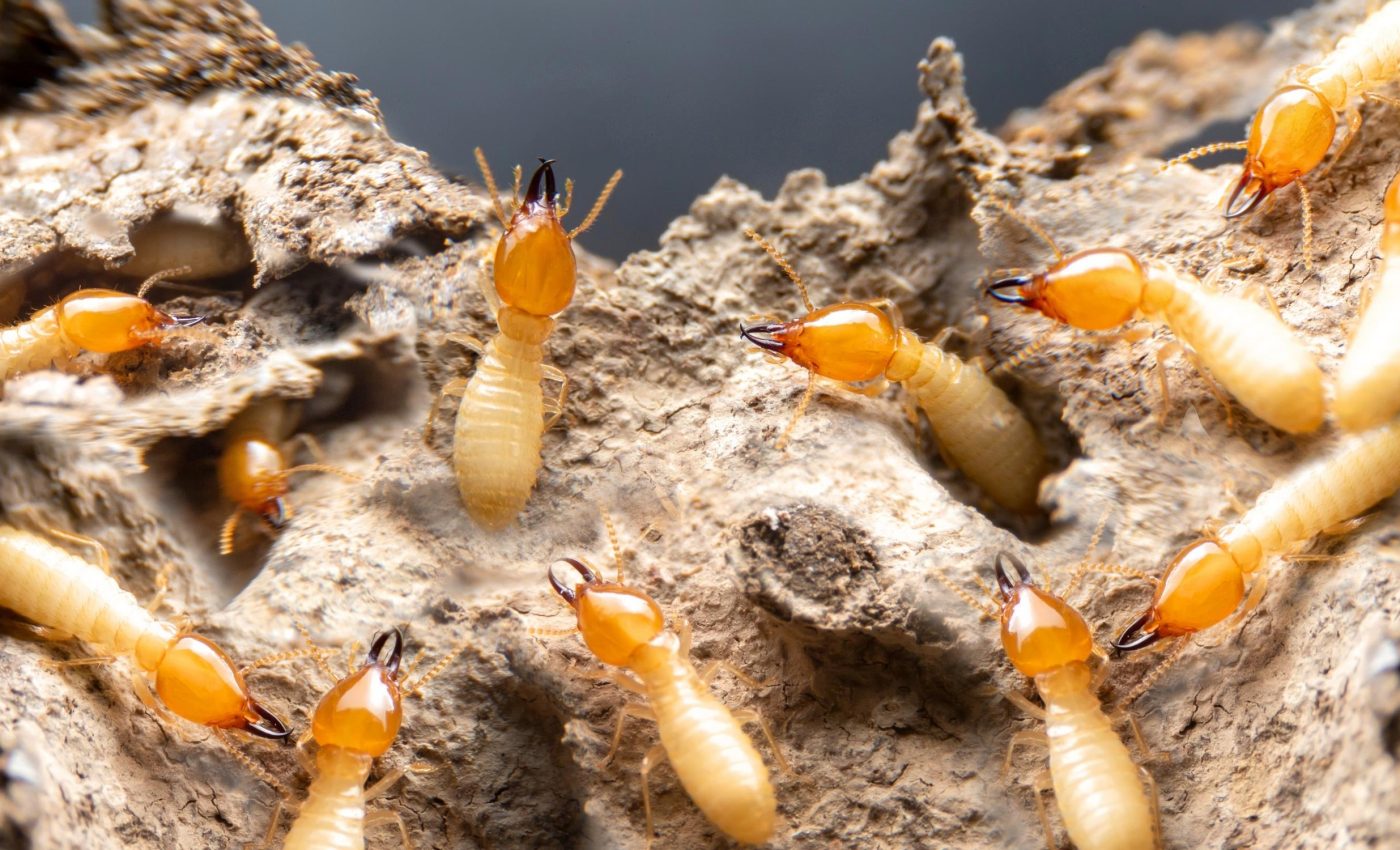
Hybrid termites could spread worldwide from Florida boats
Two notorious hybrid termite species have found a surprising way to become even more destructive. Researchers in Florida report that these wood-eating insects are forming hybrids that might spread into many parts of the world.
Both species are known for their ability to damage timber and invade new places with ease. The research was led by Thomas Chouvenc at the University of Florida.
Hybrid termites may survive in more places
Invasive termites have already caused massive economic losses, with estimated worldwide damage of $40 billion each year.
This figure covers structural repairs, preventive treatments, and other costs tied to these insects. Experts worry that combining two invasive species might produce termites that thrive in more environments than either parent.
These interbreeding pests are believed to hail from Coptotermes formosanus (the Formosan subterranean termite) and Coptotermes gestroi (the Asian subterranean termite).
Hybrids could open doors to new areas if they tolerate different climates better than either species.
Hybrid traits from both parent termites
Some hybrid termites have been found to carry traits from both parent species, including the ability to tolerate a wider range of temperatures.
Edouard Duquesne at the Free University of Brussels in Belgium, who was not involved with the research, elaborated on the significance of the study.
“The findings are interesting and alarming. Viable hybrids of these two species would likely lead to a super-invasive termite that could potentially have a huge suitable range worldwide, and that could do important damages,” said Duquesne.
Hybrid termites could spread through boats
Hybrid termites are not just concerning because of what they are, but because of how easily they could travel. With both parent species already established in southern Florida, opportunities for hybridization increase every year.
“It’s just a matter of time before they get a chance to hybridise,” said Chouvenc. Ships and leisure boats might carry them from infested areas to new coastal regions, making Florida’s global boat traffic a major risk factor for future outbreaks.
What makes this hybrid unique
The hybrid termites don’t just survive – they reproduce. The researchers confirmed that hybrid females can mate with either parent species, forming second-generation colonies.
This genetic flexibility may allow the hybrids to evolve quickly and adapt to new challenges. Early studies show that while some of these colonies struggle, others can grow and mature over time.
In one case, a second-generation colony reached over a thousand workers in under three years, showing surprising resilience.
Florida: The perfect launchpad
Florida isn’t just a mixing zone for these two termite species, it’s a global hub for their spread. With nearly a million privately owned leisure boats registered in the state, the potential for unnoticed transport is sky-high.
The first confirmed hybrid colony was found just over half a mile from a dense marina district. That proximity makes it likely that flying alates could settle onto boats and travel to distant coastlines without ever being detected.
Problems for pest control
Most termite treatments are tailored to specific species. Pest management companies often adjust their methods depending on whether they’re dealing with C. formosanus or C. gestroi.
But hybrids could blur that line. Their mixed traits might respond unpredictably to current treatments, making control efforts more complicated and potentially less effective.
Why early detection matters
Spotting these hybrids early could prevent bigger problems later. The longer they go unnoticed, the more likely they are to spread through infested wood, soil, or boats.
Unfortunately, identification isn’t always straightforward. Some hybrid termites show features that fall between the two parent species, making them hard to classify without genetic testing or detailed knowledge of termite morphology.
Practical steps ahead
In some cases, local authorities try to prevent termite travel by inspecting cargo, but private vessels often escape such checks. Researchers advise owners of docked vessels to inspect wooden parts carefully and seek professional help if they find signs of infestation.
Public agencies might focus more resources on monitoring, because identifying hybrids early could be key to containment. Yet the process of telling these insects apart can be tricky, since their features can blend.
Early identification often involves a close inspection of alates (the winged caste) that appear in warmer months. Scientists note that hybrid alates can show subtle differences in body color or size.
By staying vigilant, communities may slow the spread of these insects to new regions. Many hope that targeted strategies will limit hybrid termite expansions before they become unstoppable.
Long-term risks for ecosystems
The hybrid termites don’t just threaten buildings – they could also affect forests and natural habitats. Their ability to feed on a wide range of wood sources makes them a potential danger to native trees and vegetation.
As they spread, they may disrupt local ecosystems by outcompeting native decomposer species. Over time, this could affect nutrient cycles in the soil and alter the balance of natural communities.
The study is published in the journal Proceedings of the Royal Society B.
—–
Like what you read? Subscribe to our newsletter for engaging articles, exclusive content, and the latest updates.
Check us out on EarthSnap, a free app brought to you by Eric Ralls and Earth.com.
—–













